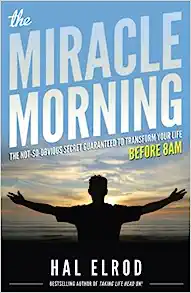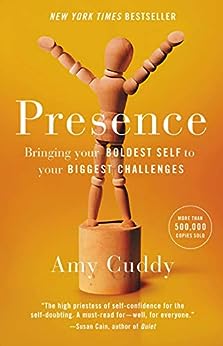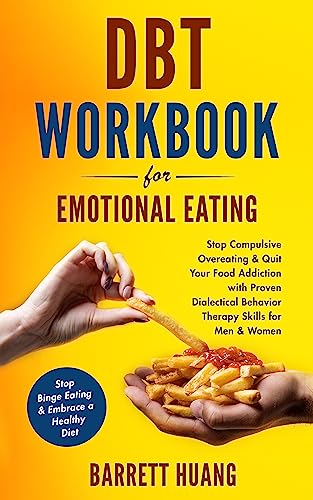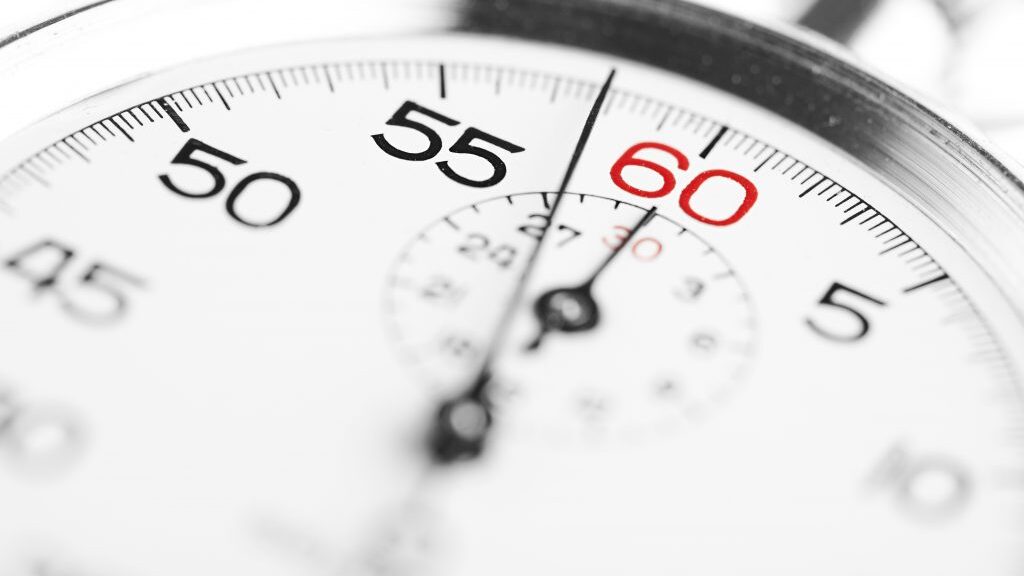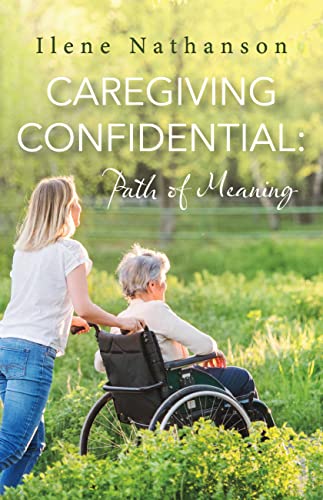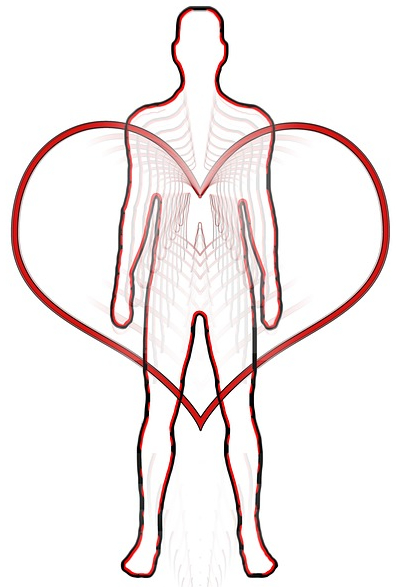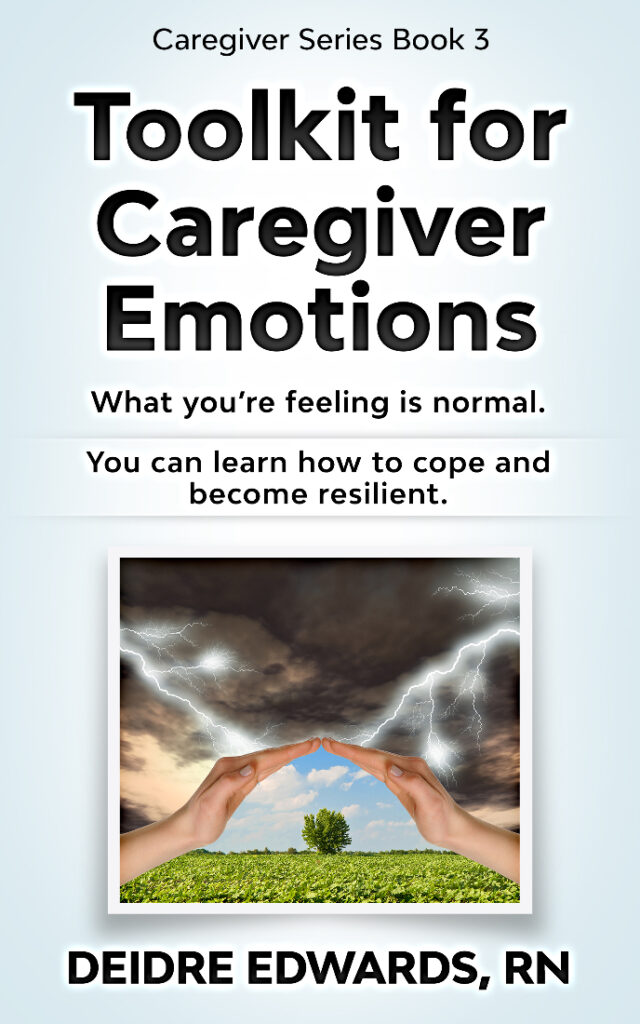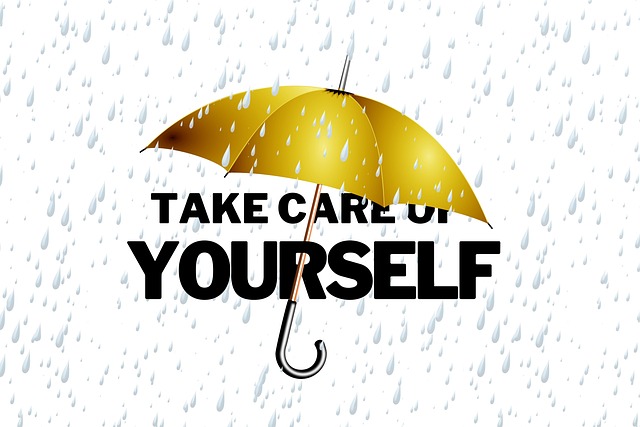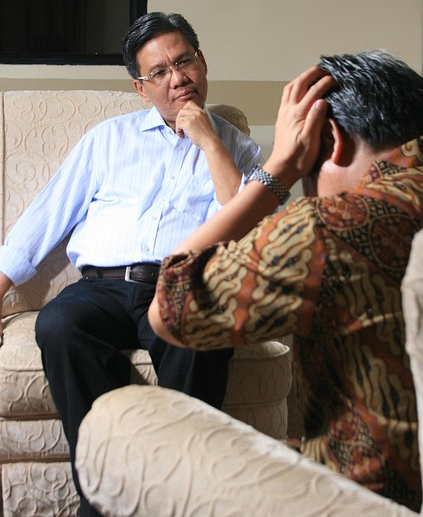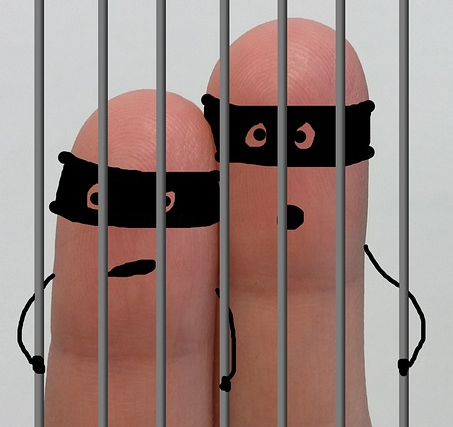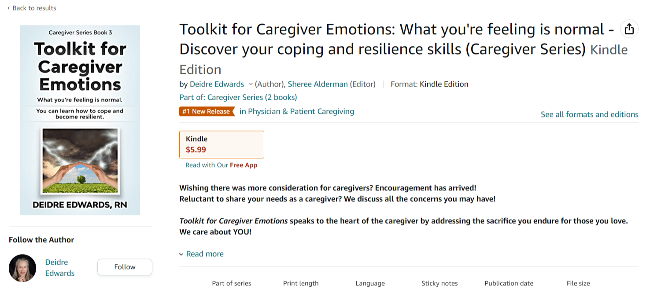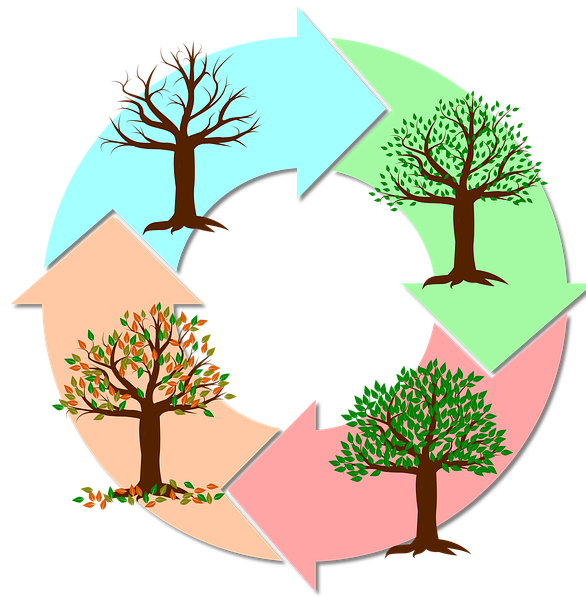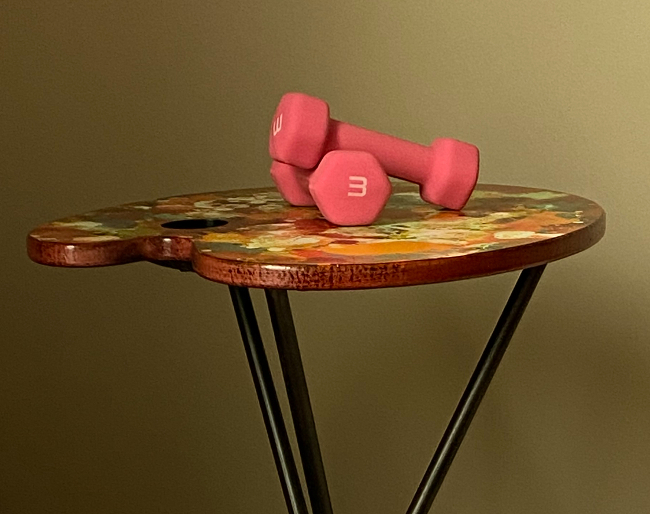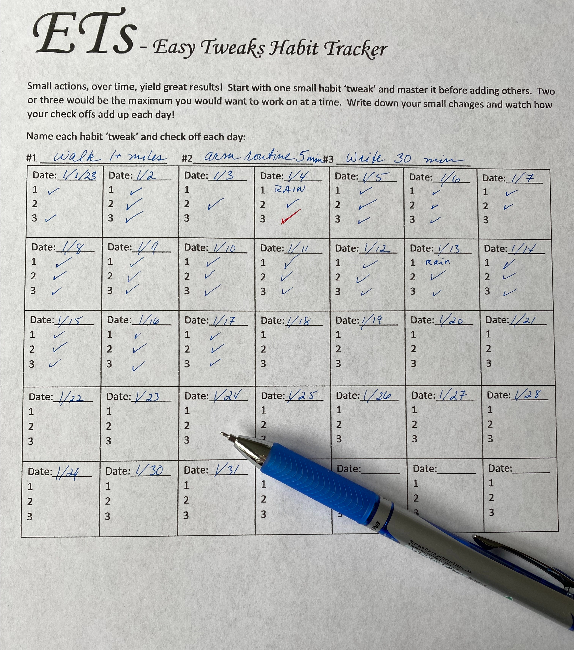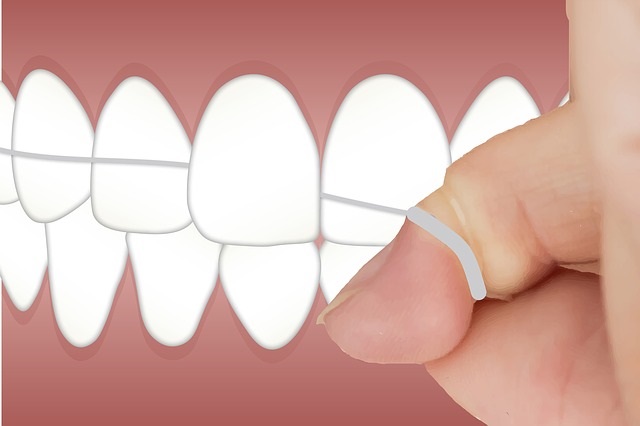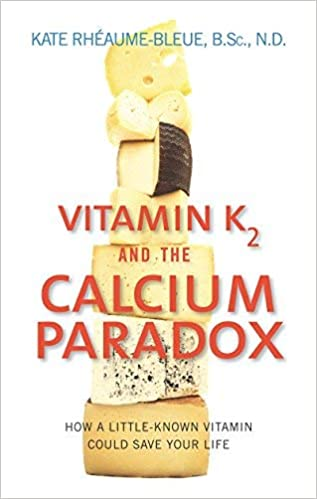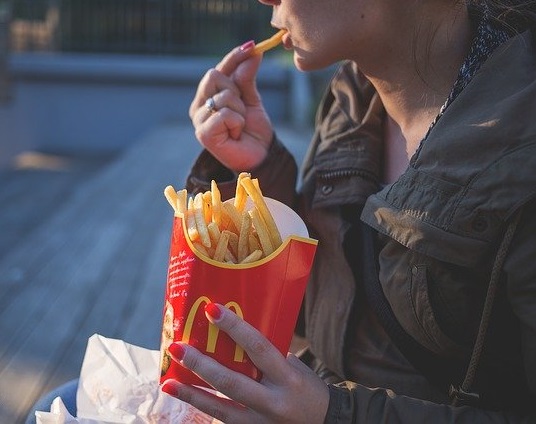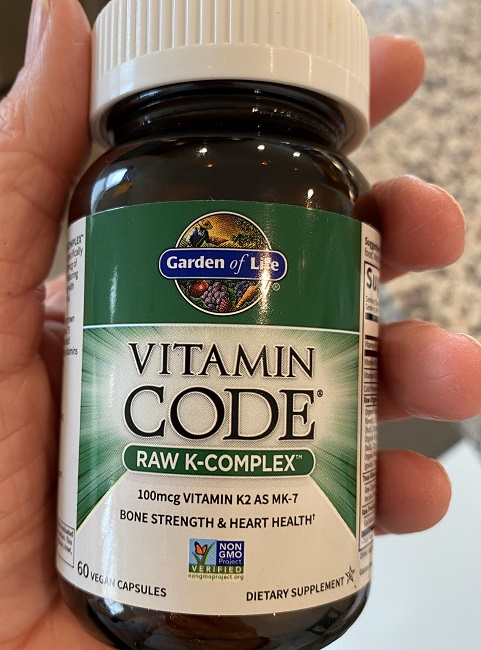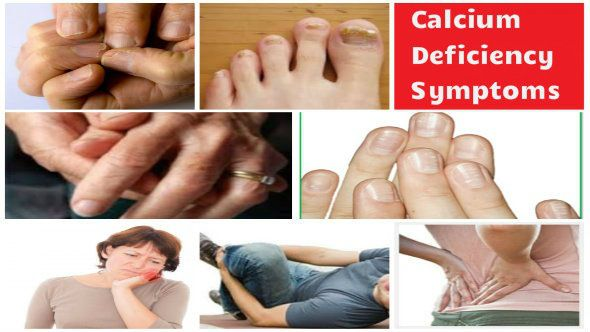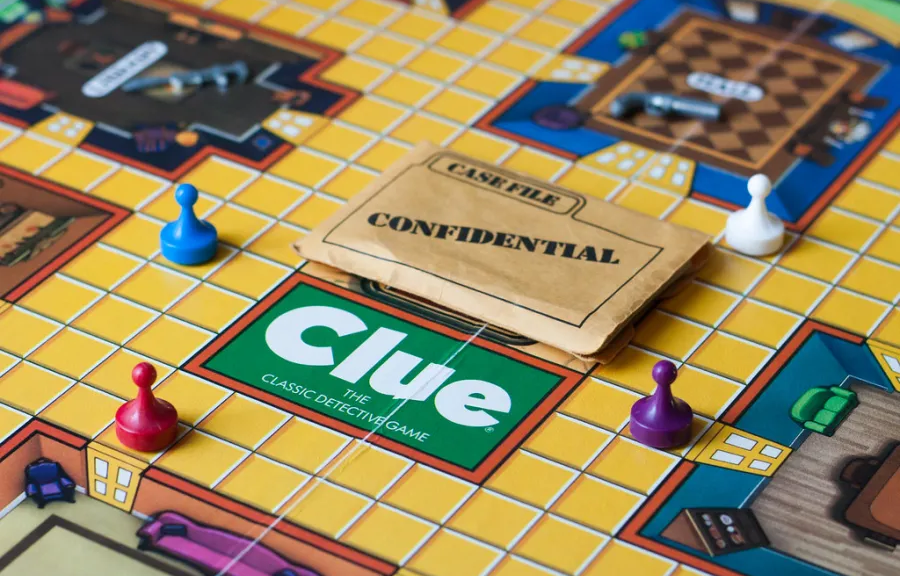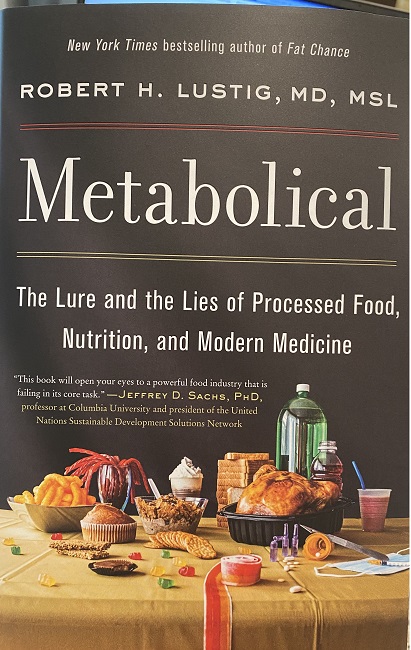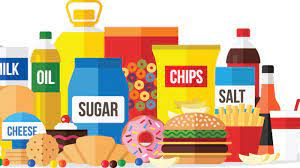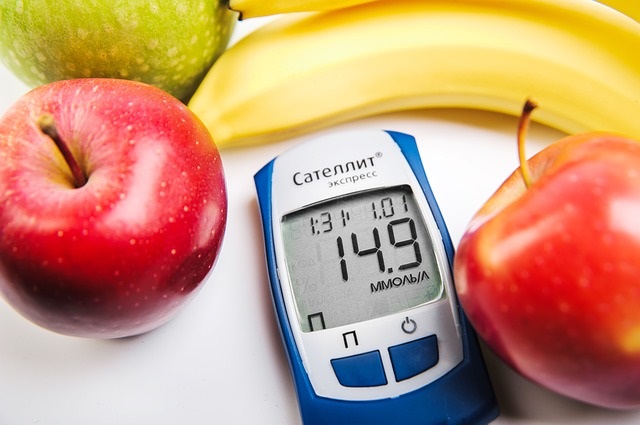Ahhh. Nothing better than curling up with a cup of tea and a good book that promises to send me on a journey through time and landscapes!
It’s been a while since I’ve allowed myself the luxury of getting lost in a story – especially in an historical fiction story that edifies and entertains. It’s one of my favorite genres.
The last time my leisure reading was fiction was in 2021, when Miranda J. Chivers released her first book in the Russian Mennonite Chronicles, Katrina’s Dark Shadow: 1915-1917: The Early Years in Ukraine.
While reading this sweeping tale set in Ukraine, I was just beginning to hear the latest rumblings of renewed tensions between Russia and Ukraine, which then came to a dramatic head with Russia’s invasion in February, 2022.
Chills ran down my spine as aspects from this work of fiction, born from history, began to be replayed in the current day headlines right in front of my eyes on the screen. The terror of approaching takeovers and destruction does not change over time. Confusion, misery, and the strength of the human spirit are timeless.
Imagine my delight when learning that the sequel, Katrina’s Dark Journey: Labor Pains – Ukraine 1918, was now available.
The scene had been set in the first book, and now the central figures in the historical drama now flee for their lives. The following is a quote from a recent review:
“The novel weaves together two parallel narratives, one following Katarina and her sister’s harrowing journey through the lawless steppes and the other focusing on Peter’s search for answers in the aftermath of his mother’s death. The story’s inception lies in Peter’s determination to unravel the mysteries surrounding his parents’ deaths and the whereabouts of Jacob. This pursuit leads him down the path of transcribing Katarina’s diaries, a task that proves more challenging and emotionally taxing than he could have ever imagined. As Peter delves deeper into the enigmatic diaries, the lines between reality and illusion blur, leaving him frustrated, confused, and searching for more answers to fill in the missing clue.
Katarina’s Dark Journey by MJ Krause-Chivers is a powerful and haunting exploration of survival, faith, and the unyielding human spirit set against the backdrop of war-torn Ukraine in 1918 and post-war Munich. The story’s strength lies in its vivid portrayal of the character’s struggles and the rapidly changing political landscape of the time. The historical descriptions provided in this book are both enlightening and essential. It immerses readers in the Russian Civil War, offering a nuanced understanding of the political turmoil that swept through Ukraine during this era. This serves as a poignant reminder of the turbulent journey Ukraine endured on its path to independence. Readers are sure to be captivated by the character’s struggles and the vivid portrayal of a pivotal period in Ukraine’s past.”
Both of MJ Krause-Chivers’ books are currently priced at $.99 as Kindle books. Each title is stand alone but reading them together to catch the full sweep of the story would illuminate, edify, and entertain. You will not be disappointed.
Now, where’s my tea?
In health which includes leisure reading –
Deidre
Was this something of interest to you? It’s easy to share using the options under the MORE button below.
ADDENDUM:
As a follow-up to last week’s post about nasal washes, please note what a reader just shared with me and please do not make the same mistake. Distilled water or water that has boiled for several minutes should be the only water options used – never tap water.
A reader just shared this with me:
“I’ve used Neil Med Sinus Rinse for years. It’s fantastic. I talked my husband into using it. He did for awhile, then he got a nasty sinus infection that he can’t get rid of. I discovered he’d used tap water. Now he won’t rinse at all but keeps running to the doctor for antibiotics or uses allergy pills. I warned him about using tap water but he rarely listens to me. I believe it’s important to remind people not to use tap water.“












